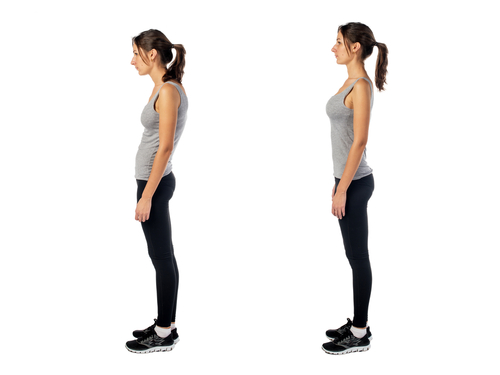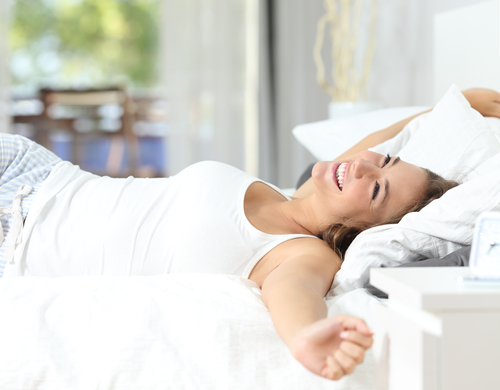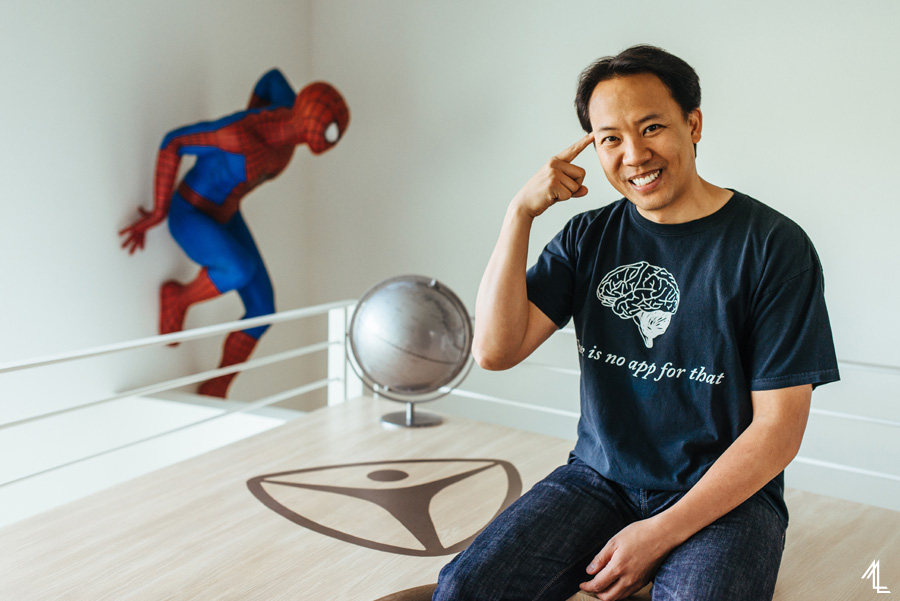
Habit #4 – The Power of Posture on Your Psychology
This article is in a series on the 4 rituals, 5 habits and 6 hacks to consciously systemise your days. It will revolutionise the way you live and boost your performance, even on days where you lack motivation. You will find the series at A Higher Branch Blog Page.

Why is Posture important?
“If eyes are the windows to the soul, then posture is a window into your emotions.” Sam Makhoul
Posture is a habit. And if your posture is not optimal it will affect your thoughts, feelings and your health. It will affect all personal and business interactions because of how others perceive you. Your clients and customers read your posture. Your children mimic your posture and mimic your body language subconsciously. What kind of posture do you want them to have? A confident one or a defeated one?
The Science
For many year’s psychologists have known that there is a feedback loop between our physiology and our psychology. How we feel is reflected in our posture and our facial expression. In turn, our posture, how we move, and our facial expression impacts how we feel. If you are in a poor emotional state, your shoulders will drop, you will look down more often, you will slouch, you will walk around like you’re tired, and you will start to feel tired. You become caught in a negative loop where your emotions drive your posture and the habit of your posture then reinforces your emotions.
You are no match for your emotions, right? Or are you? In 2010 psychologists Amy Cuddy, Dana Carney and Andy Yap pioneered the research that demonstrated that you can reverse the way you feel by posture alone. This research merely reinforced what teachers such as Tony Robbins, Deepak Chopra and Norman Cousins have been saying for years. And it works. Changing your posture will change the way you feel, especially if it is compounded with Habit#1 in our series.
BUT, and it’s a BIG BUT, how do you reverse the habit of poor posture? A habit is very tough to break. It is one thing for researchers to prove something but another to provide the solution. NONE of the research tells us HOW to reverse the habit of being yourself (because your posture becomes who you are). Power posing proposed by Amy Cuddy in her famous TED talk has since been discredited as pseudoscience because it is not a realistic permanent solution.
Change Your Posture in TWO steps.
This article aims to provide the solution by addressing the real issue; that posture is a habit that is reinforced by muscle memory. And therefore to change your posture permanently you need to change muscle memory in a two step process designed by A Higher Branch in our Conscious Living program.
Step 1
Just like method actors in Hollywood or Bollywood, you need to develop the habit of being self-conscious. You need to constantly be aware of how you are standing, walking or expressing your movements. This self-awareness helps you to be more mindful of the circumstances or situations that cue your body to behave in a certain way. This will give you an insight into how you feel in that moment. Are you in a meeting where you feel uncertain about your competence? Are you in a social setting where you feel shy and introverted? Notice how your body is reflecting that emotion. Are you hunching? Are you shallow breathing? Are you shrinking and hoping to be invisible? Tell yourself that you are not your thoughts or emotions. You are the essence witnessing how you feel. That’s who you really are. You don’t have to do anything to change your posture at this stage. Just noticing it is enough, because the real solution comes in step 2. (For more information on “breaking the habit of being yourself”, refer to the guided meditations by Dr Joe Dispenza, whose book by the same name is a prescriptive masterpiece in noticing your thoughts).
Step 2
Step 2 is not a quick fix. Nothing in life is a quick fix – just ask David Goggins. Anyone that tells you otherwise is often trying to sell you something,
Step 2 is all about doing exercises that build a great posture over time. This is where strength training, yoga and Pilates come in. There is no doubt that all three methods impact how we feel. The combination of breathing and movement dissipates anxiety and relieves depression. It does this by changing our body chemistry; the pharmacy of our physical. In fact, the benefits of exercise have been proven to be more effective than both Xanax and Prozac.
But one other consequence of all three modalities is that they improve posture by strengthening the core. So, it not only changes your biology but also your psychology through your physiology. Your body starts to stand more upright. Your muscles become more toned and support you in a way that is reassuring and balanced. You will look taller, and therefore feel and look more confident.
So, changing your physiology and the habit of your posture starts with exercise that strengthen the core and leads to an effortless posture. A good posture is NOT one that is forced. It is not in power posing or in a military-style stiff, upright way with head up, shoulders back. A good posture should never be tiring to maintain.

It is beyond the scope of this article to discuss exercises that strengthen the core and correct the posture effortlessly, but I will say this: Yoga and Pilates in particular strengthen the core, lengthen the spine, makes you feel open, light and effortless. My new friend and yogini, Rebecca Jarvis described the importance of this on the spine as follows:
“Posture is the framework that allows for energy or life-force to flow through the body. The spine has an innate intelligence and energy that is inhibited when we’re tense and contracted. We need the spine to be lengthened, to create an optimal flow of energy, and to serve as an open channel for our breathing.”
Rebecca recommends the following sequence of yoga moves for office workers who are sitting all day. It is a sequence designed by Elena Bower. Click here.

My mobility coach and good friend, Phong Thach, put it this way: “your best posture is in your next movement”. In other words, we need to keep moving. Sitting all day is the enemy of a good posture, no matter how upright you sit.
As a strength trainer he recommends you take a few minutes twice a day to do exercises such as push-ups, lunges and holding the plank – all simple, can be done anywhere and designed to strengthen the core. And if you make it to the gym, he also recommends pull ups and anything that works the back muscles. You need to train your core and your back muscles to a point where it is built into your muscle memory.
The habit of a good posture is too important to ignore because it impacts so much of your psychology. And this is why it is in the top 5 habits of our Conscious Living series.


















